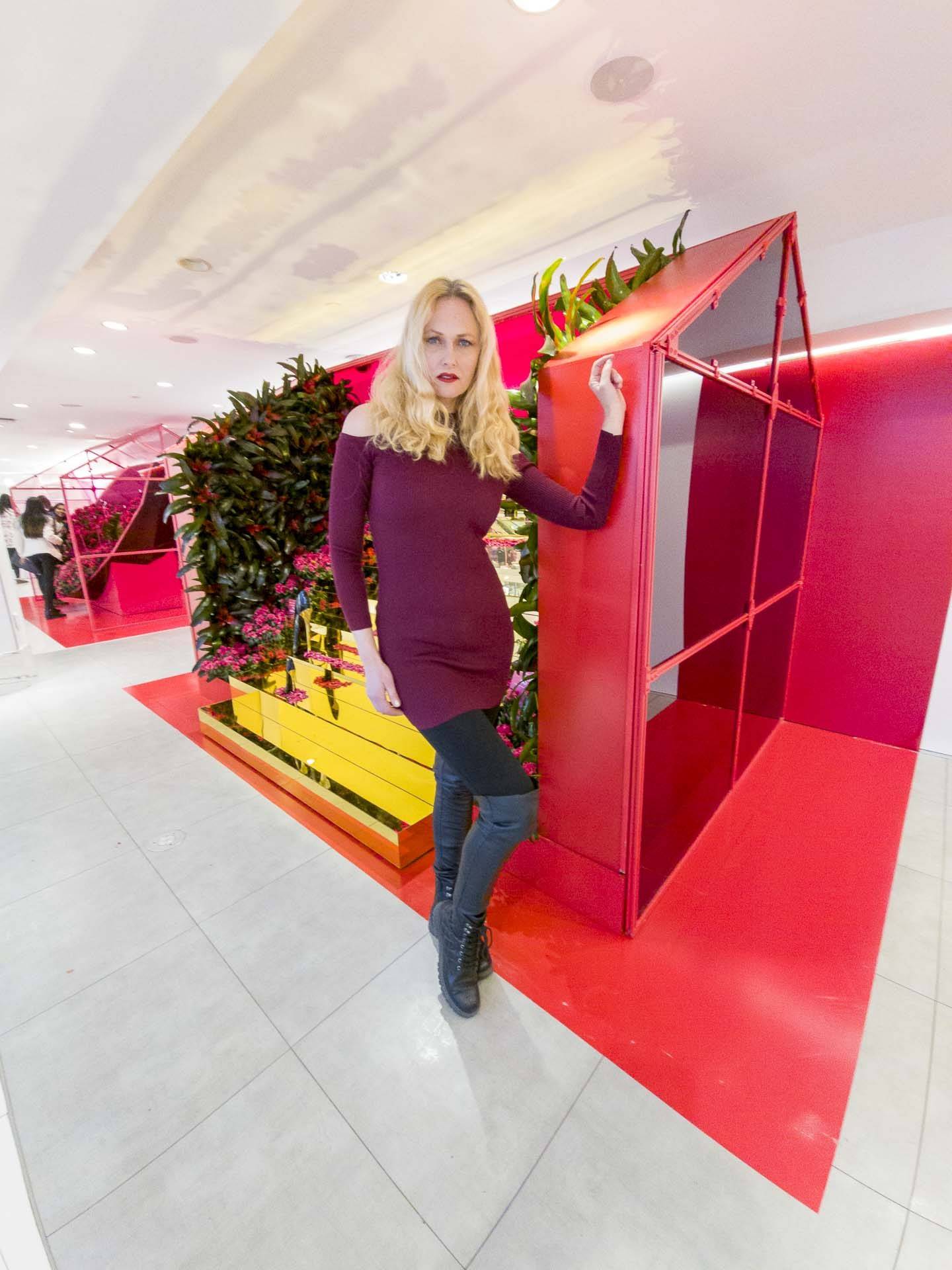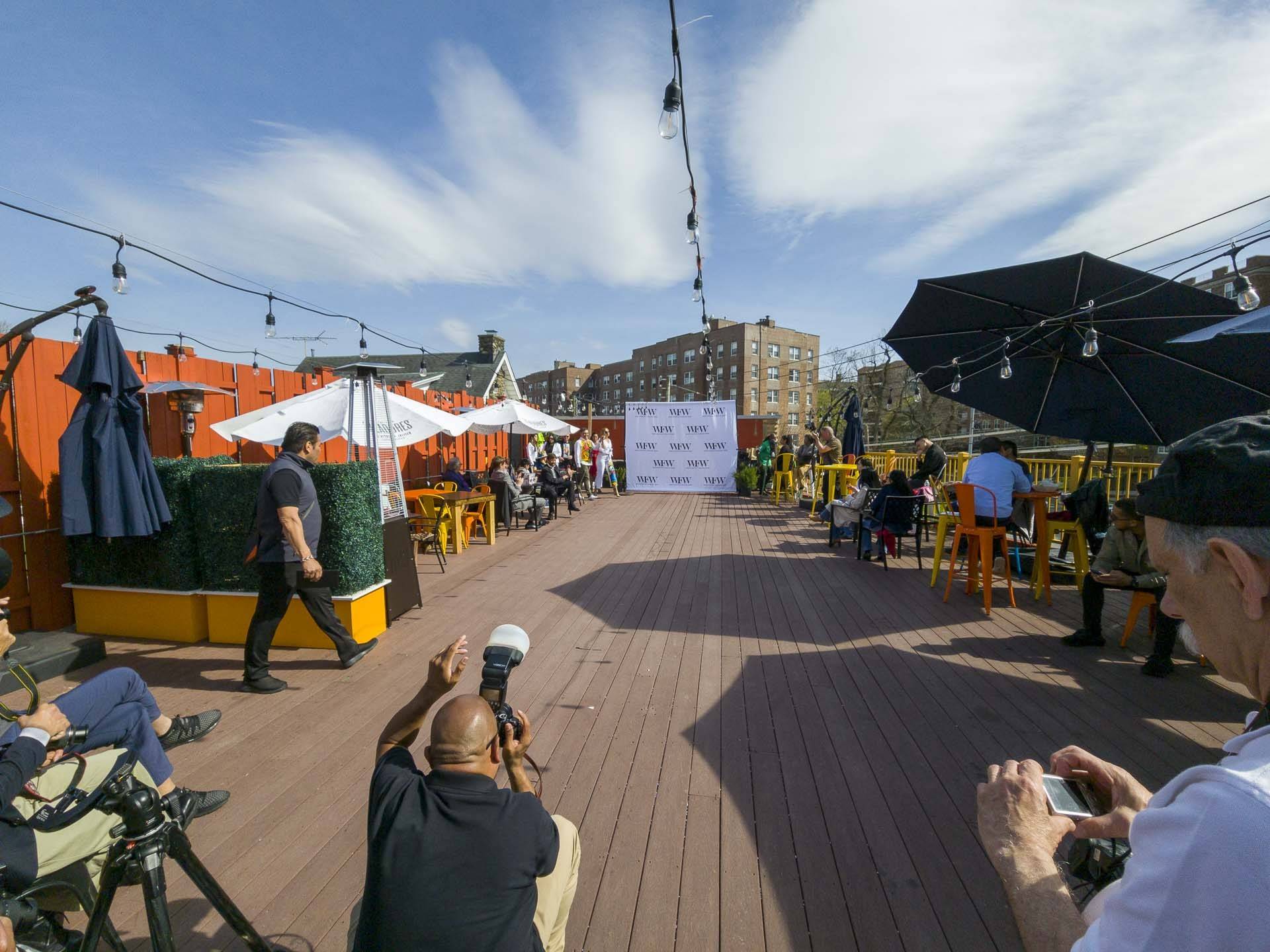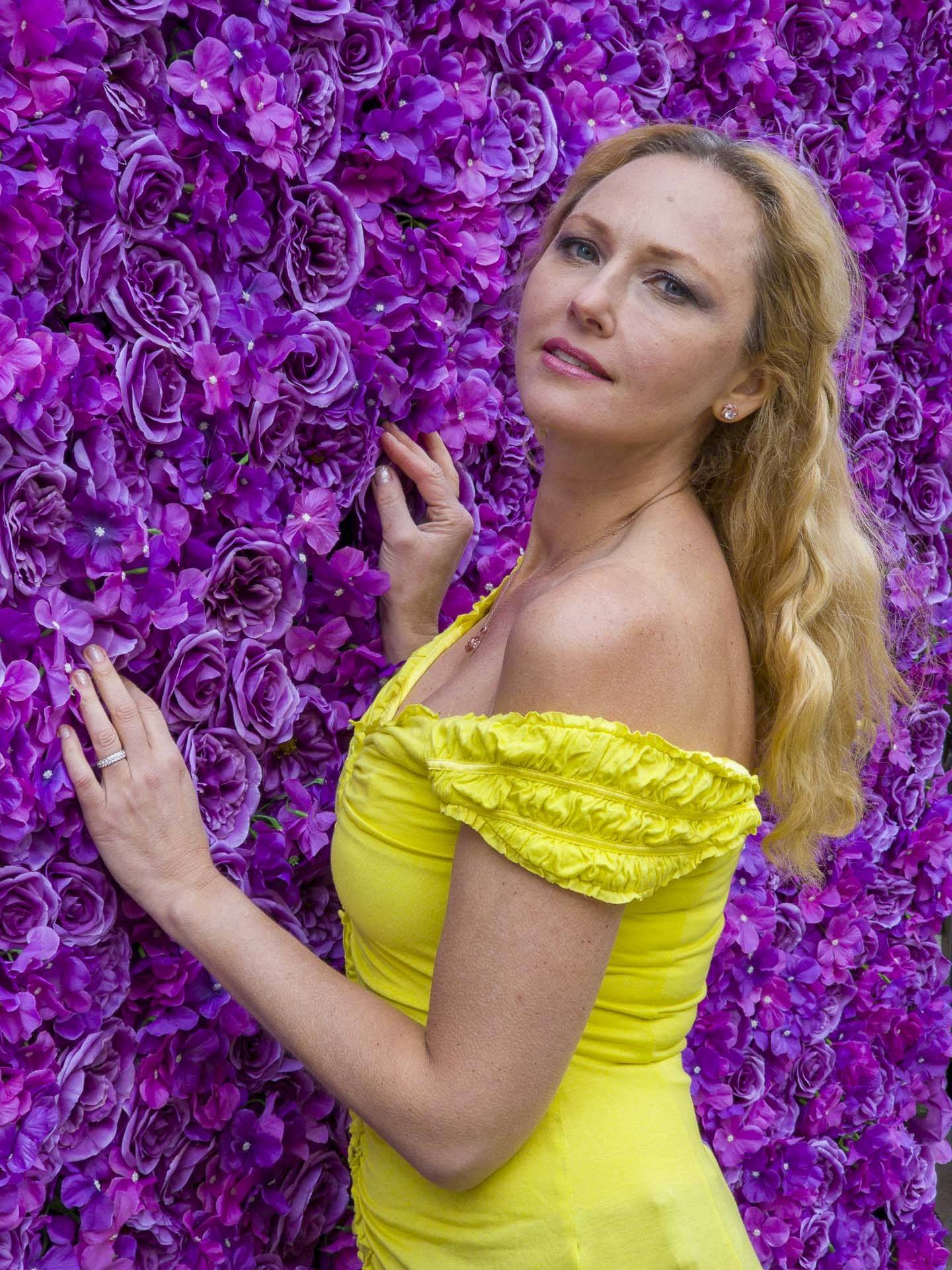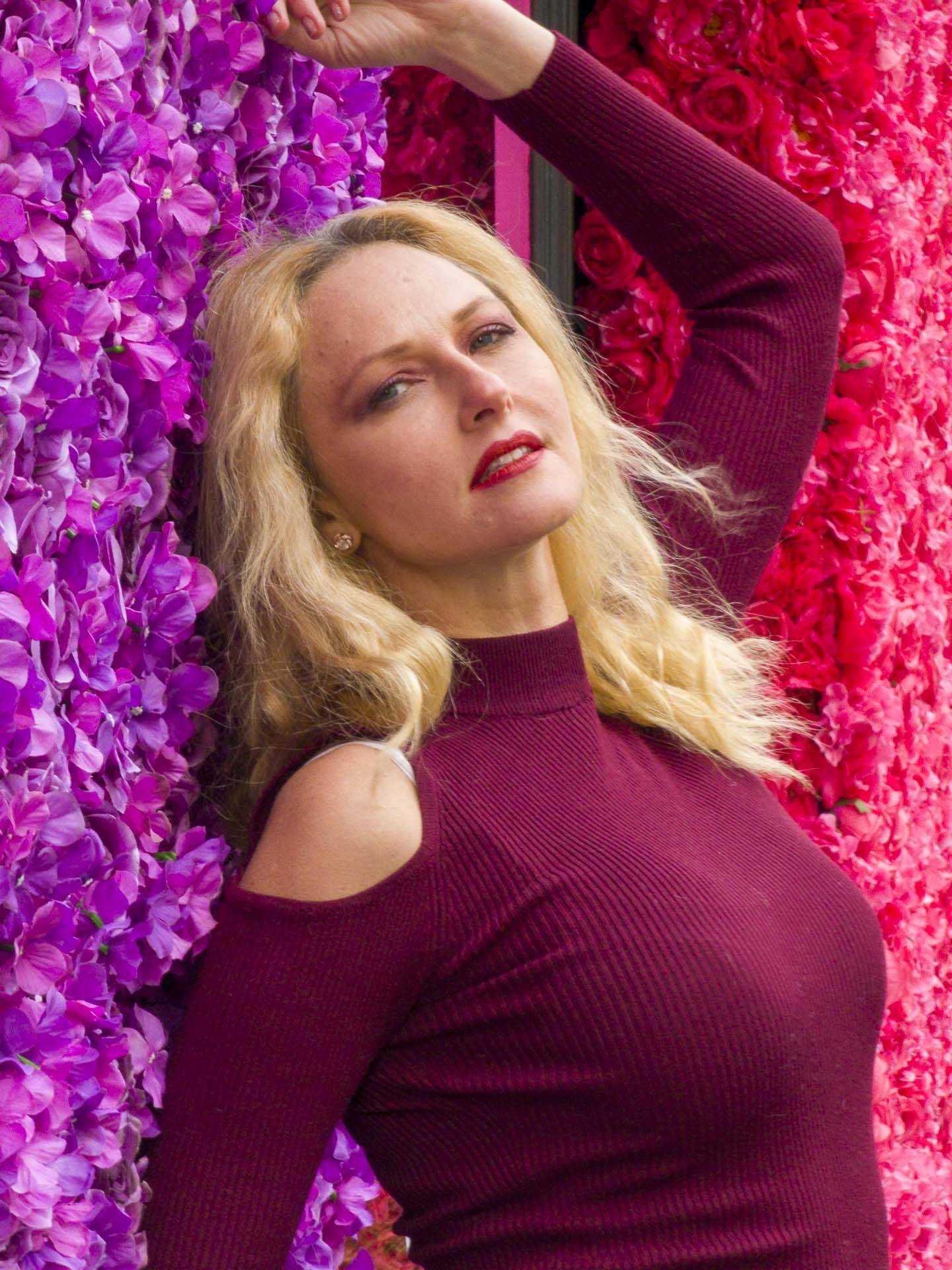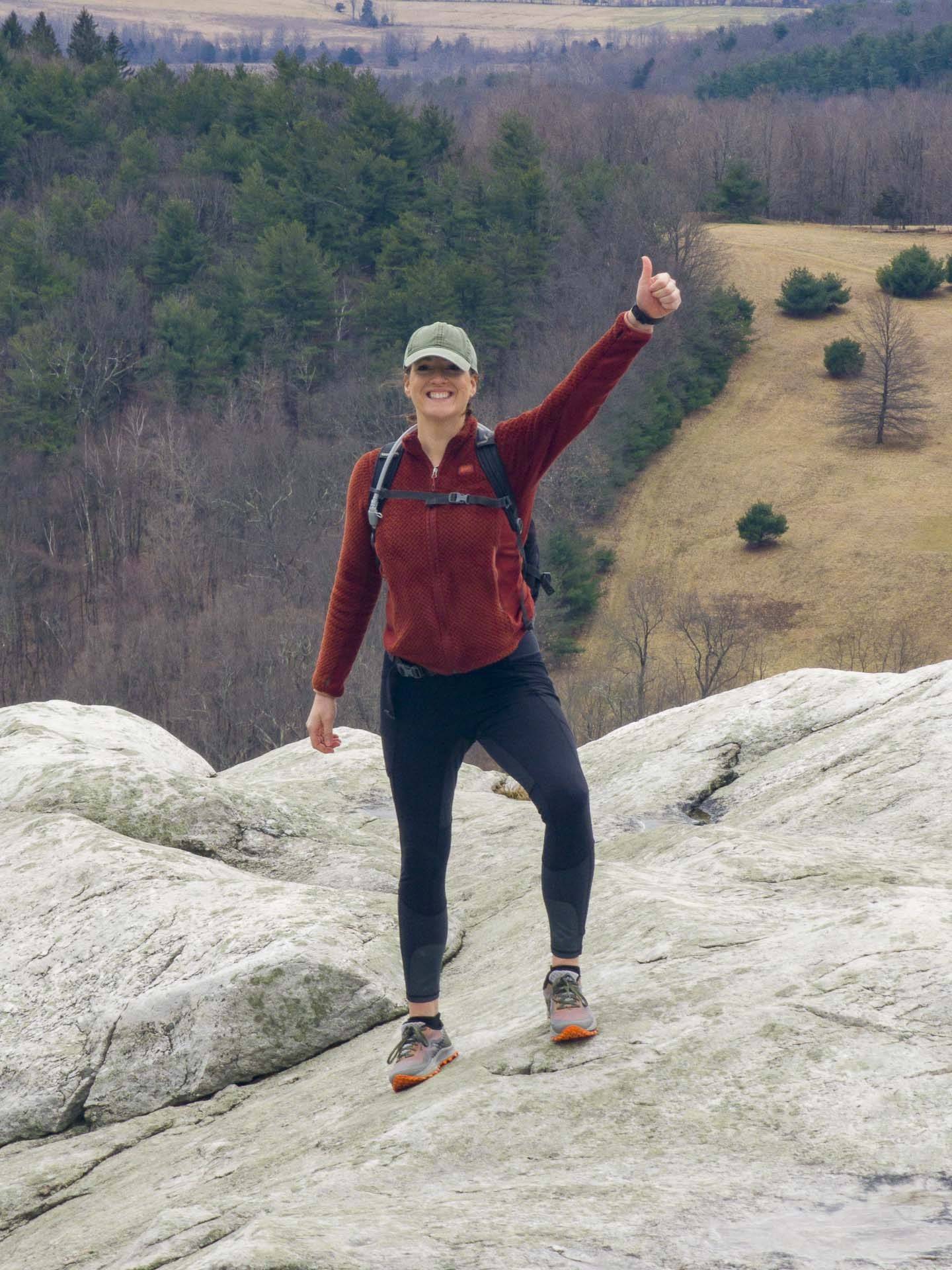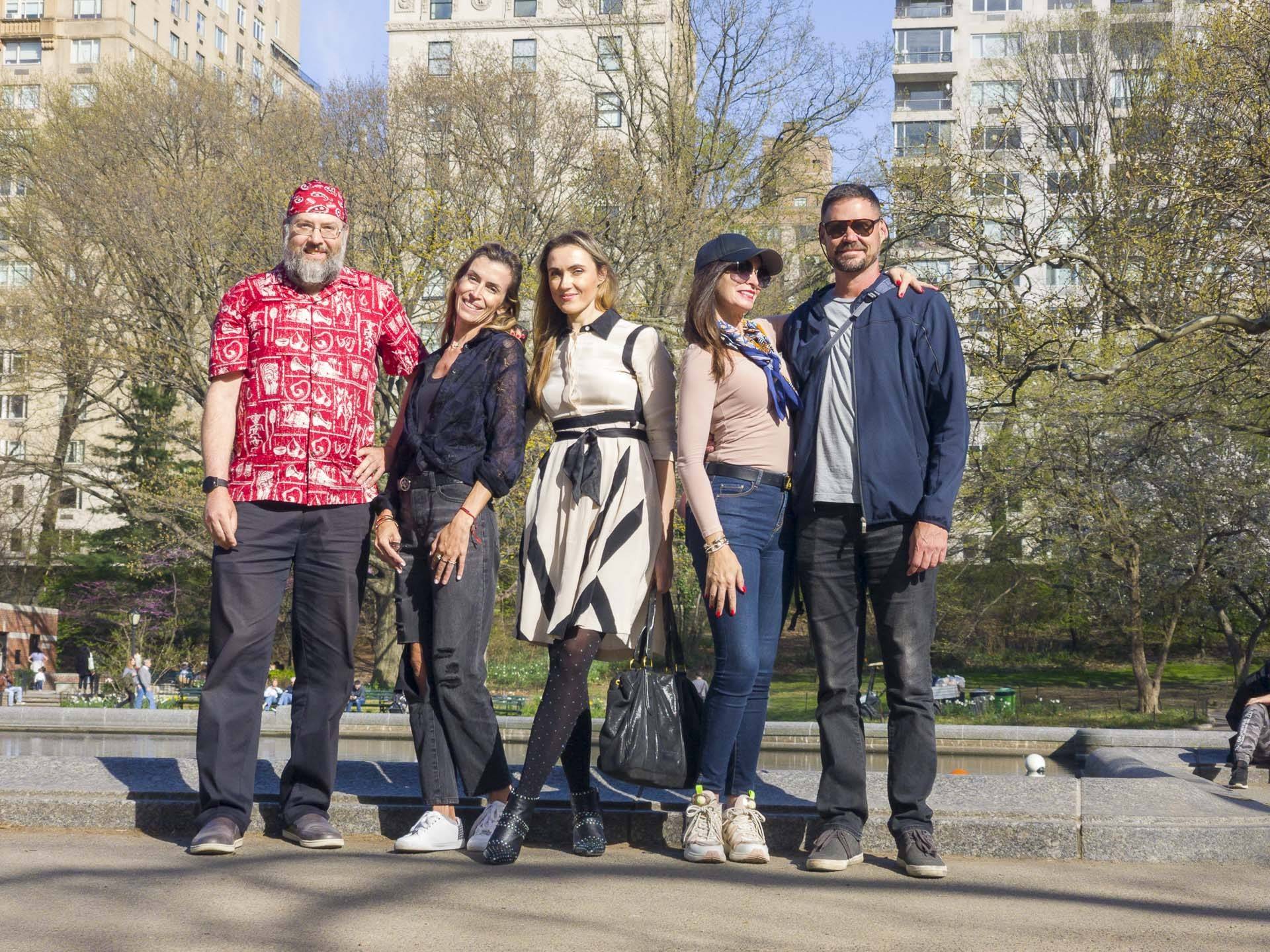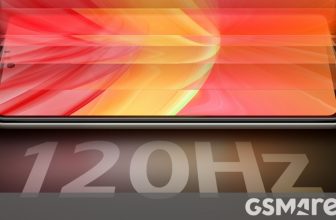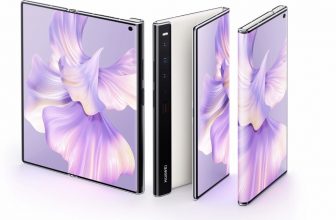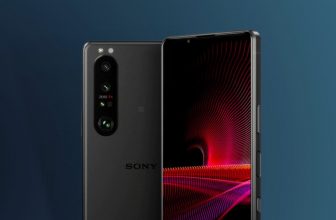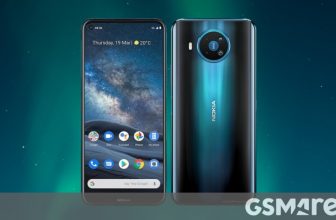
While Samsung smartphones are hugely popular around the world, I was always more interested in a better photography experience, and Samsung’s camera software had previously left a lot to be desired for me. It was always often overprocessed and lacked DNG output modes which I had been using since that capability was launched with the Nokia Lumia phones a decade ago. Today, in 2022 however, just about all of my complaints about Samsung’s flagship photography features have been addressed and now we’ve got something serious to talk about.

RAW output in 4 rear cameras
Older Samsung phones and flagships were never so great at outputting RAW data. Maybe one normal 24mm wide angle camera would output to RAW while the others were stuck at processed JPGs. With the Samsung Galaxy S22 Ultra, now I’ve got RAW DNG output from all cameras (on the back) which means extra flexibility in the editing software for all 4 color cameras. Unfortunately the depth sensor doesn’t output accessible RAW data at all, but I guess you can’t have everything. We’re still missing RAW output in the front facing camera too, so there’s still room to improve.
Still, I love having extra control over the image editing in programs like Adobe Camera Raw, Lightroom, DarkTable, Raw Therapee, etc. The selective exposure controls, color adjustments, noise reduction, and dynamic range editing capabilities in professional grade desktop software makes it so much easier to create really great photos from the Samsung Galaxy S22 Ultra’s RAW data.
Now, it must be noted that the 108Mp main camera doesn’t actually output 108Mp of data. The hardware downsamples the actual data to only 12Mp, so we’re not really getting that much detail.
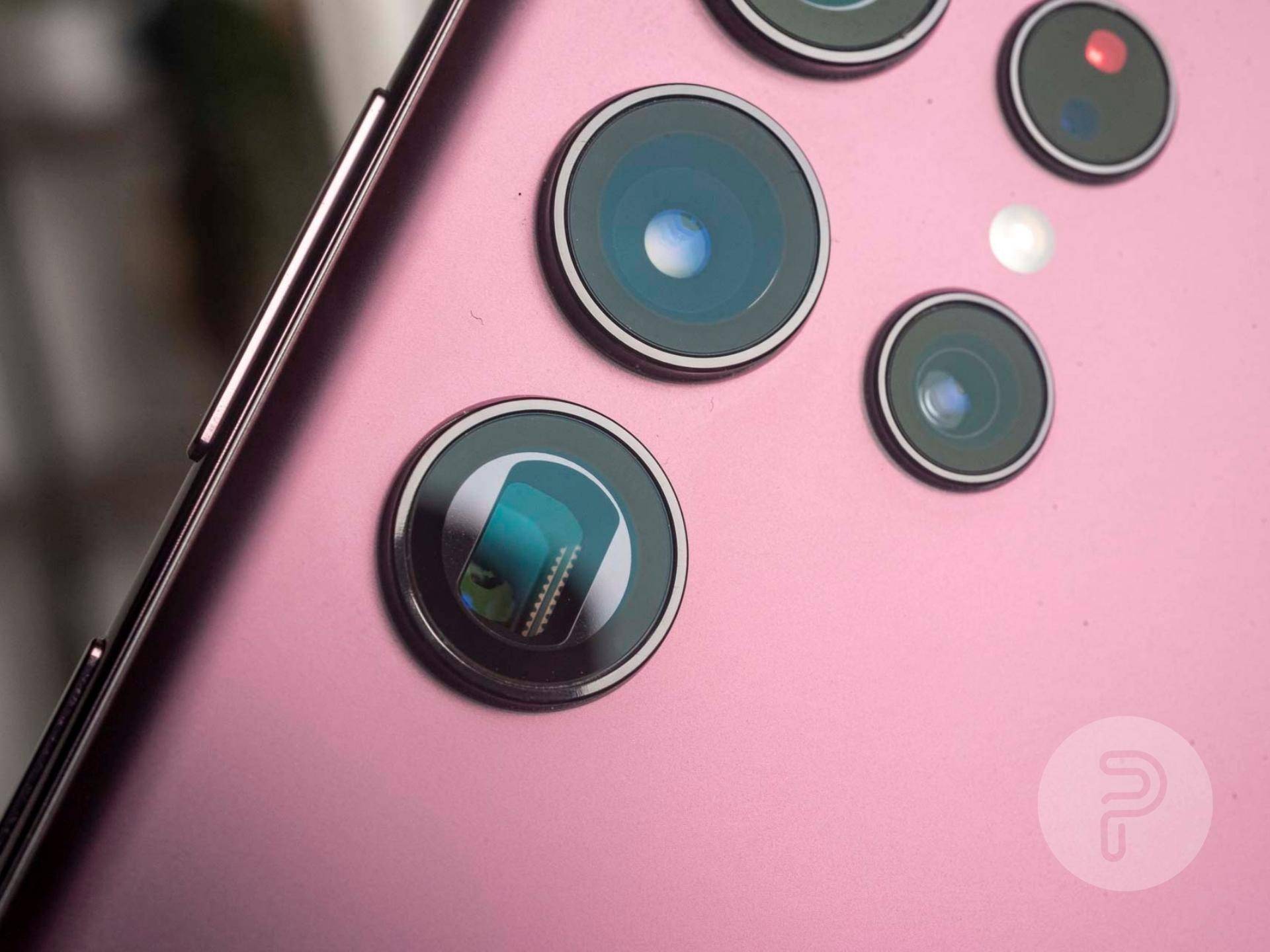
4 focal lengths to switch between
Having different focal lengths to choose from is a huge advantage in photography. As a professional photographer, of course I carry multiple lenses to switch between, and sometimes I’ll have one lens attached to one camera body in addition to another camera body with a different lens. That makes switching focal lengths a bit faster and easier. That’s what these smartphone multi-camera arrays are like and it’s awesome. Note that switching between cameras with different lenses is not really “optical zoom” as some companies would have you believe in their marketing materials. See “Stop calling it optical zoom when the optics don’t zoom” Each focal length actually has a different camera sensor with different properties, so it’s not an optical zoom at all.
Furthermore in “Photo” mode, any zoom level that falls between or beyond the prime focal lengths of the cameras is actually digital zoom which is cropping image data from one of the sensors. Of course, digital zoom can be a little smarter with multiple cameras as you can use the center part of the image from a closer focal length and combine it with the cropped image from a further focal length thus improving the image quality of the center part of the image, and that’s what Samsung does in it’s automatic Photo modes. I’m not going to use any of that though because I want future-proof editability of RAW photos and having 4 focal lengths for that is fantastic!
The range from 12mm to 270mm is incredible to have on a smartphone that can fit into a pocket! This would require numerous large heavy lenses on a real full-frame camera. However the difference between the 3x lense and the 10x lens is a bit severe. I think we need a 5th camera in there for a 6x focal length.

Going beyond the 10x 270mm focal length is a recipe for really crappy digital zoom photos though. Above is a 100x digital zoom which is really a 10x crop of the 10x telephoto lens (plus some processing). Still, that’s a photo of the World Trade Center in New York City from about 50 miles north up the Hudson River. So that’s pretty awesome actually.
12mm equivalent Ultrawide lens
While this isn’t the widest ultrawide angle lens on a phone (my Xiaomi Mi 10 Ultra is a bit wider), I love having an extra wide angle view option on a smartphone. In the Pro viewfinder, this lens is labeled as UW for ultrawide. In the “Photo” mode viewfinder, it’s labeled as 0.6x. So if we count this lens, the real range is almost 20x!
Sure the Ultrawide angle lens does cause some distortion, but I love the effect and it’s great for getting a bigger view of the scene.

In low light, the Ultrawide lens/camera combination doesn’t absorb as much light as the 108Mp 24mm “wide” lens/camera combo, so you’ll notice more noise.
24mm equivalent normal wide lens
The main camera here is a 24mm equivalent field of view. It’s basically similar to the field of view for a normal person with 2 eyes open. This one is labeled as “W” in the Pro mode viewfinder or “1x” in the Photo mode viewfinder of the camera software.

In low light, the 24mm 108Mp camera absorbs much more light, providing for a very clean image. This is the lens/camera combo to use in low-light situations.
72mm equivalent telephoto lens
This one is labeled as “T” in the Pro mode viewfinder or “3x” in the Photo mode viewfinder of the camera software, and it might be my favorite focal length on the Samsung Galaxy S22 Ultra. I do like the 50mm 2x focal length on other phones as well since that’s alot like a “normal” lens on full frame cameras, but the 70mm focal length is great for portraits. One thing I love about it is that it has much less distortion than the Wide and Ultrawide lenses have. That means we get much more natural looking humans!
Outdoors photos with the 3x lens/sensor are great. I love the lack of distortion!

The 3x lens/camera only has a 10Mp sensor which doesn’t absorb as much light as the 108Mp sensor, so again we have issues with extra noise in low light situations. There’s also going to be some motion blur since this lens/sensor is a bit “slow” at capturing light.
230mm equivalent super telephoto lens
This one is labeled as “ST” in the Pro mode viewfinder or “10x” in the Photo mode viewfinder of the camera software. This lens is for the stuff that’s really far away, but it’s also pretty nice for getting close up macro shots since it can still focus on things about arm’s length away.
The 270mm equivalent lens is so good, I can even do wildlife photography with it!
Real bokeh in the super telephoto focal length
Since the super telephoto 270mm equivalent 10x lens has a really close about 2.5 ft focus capability, you can take advantage of both the close-focus and the super telephoto focal length to get some real natural bokeh on close up shots… and these pictures are gorgeous with that natural bokeh! The bokeh blur isn’t as smooth as what you’d get from a very expensive wide-aperture lens, and here’s an interesting thing… if you look closely, the bokeh blur is rectangular shaped! That’s because the mirrors for the super telephoto lens camera are rectangular. How unique! I love it.
Video
Having multiple lens/sensor combinations translates great to video.
And the real natural bokeh from the 270mm equivalent super telephoto lens looks fantastic, too!
The S Pen Remote
Being behind the camera is cool and all, but often my friends and I want to take group shots where all of us are in the picture. With most camera phones, you would use the front facing selfie camera to do that, but this looks kind of dumb since one person is always closest and obviously has their arm pointing off to the corner since they’re holding the phone. With the S Pen built into the Samsung Galaxy S22 Ultra, I can set up the camera somewhere, point it where we all want to be, and then use the button on the S Pen as a remote shutter for photos. This is much better than using a timer since we can make as many attempts as we want to without having to run back to the camera and reset the timer.
This works great with a pocket tripod that I can set up on any rock or log or railing that might be nearby.

The tiny LED flash built into the phone isn’t so great, so I usually carry a larger LED light for better lighting options. I may be the only one who still complains about smartphone flash quality and also maybe the only one who still misses the powerful Xenon flashes that were on phones like the Nokia Lumia 1020 or Nokia N8.
Great front facing camera
Of course, sometimes it’s just easier to do a selfie with the front facing camera. It doesn’t look as good as the ones where I’d set up a mini tripod and use the S-Pen remote, but still the front-facing camera is great quality for those quick selfie photos. While it doesn’t shoot in RAW format for post-processing, the JPG output is still quite nice with sharp details and a great dynamic range.
Conclusion
Overall I’m extremely happy with the photography capabilities of the Samsung Galaxy S22 Ultra, but I’m thirsty for more! I want another lens/camera combo in the 120mm-150mm 5x or 7x focal length range. The jump between the 3x 75mm focal length range and the 10x 270mm focal length is too severe. Don’t get me wrong, I love having 4 focal length lens options on a camera phone… I just want one or two more. Maybe next year, right? Anyway, I love seeing such excellent progress in smartphone photography, it’s getting less and less necessary to carry around a full sized full frame camera with heavy lenses like I’ve been doing for almost 30 years.

Samsung Galaxy S22 Ultra
The Galaxy S22 Ultra comes with a larger 6.8″ QHD+ 120Hz AMOLED display, a versatile camera setup, and a large battery that will keep you going through a whole day! Check out all the deals on the device using the links given below.
creditSource link










